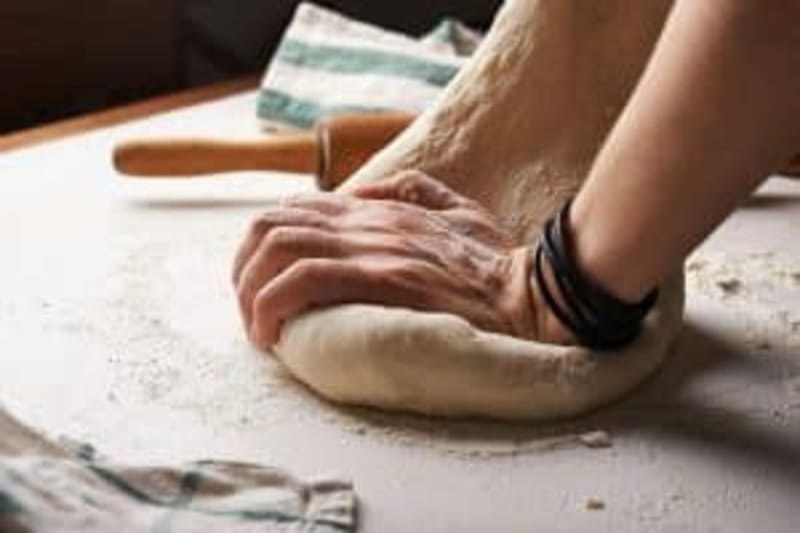Bread-making has become more and more popular in the last several years with the rise in grocery prices, the drive to pick up new hobbies, and the popularity of period dramas such as Outlander and Bridgerton (not that you’d catch a Bridgerton cooking in a kitchen). You’ve probably at least thought about trying to make your own at some point. So, whether you’ve tried and failed or haven’t tried at all, here are some tips on how to make your own loaf of bread.
Experiment With Different Types of Bread
Not all breads are made equal. Every type of bread has a different recipe and process. If you’re just starting off making your own, you might want to start with a simple artisanal bread that has an easy process. Sourdough is all the rage right now, but it might not be the right one to start with and that’s okay! To start, do some research on each type of bread you’re interested in making and what it requires from you. Then, try out a few of the ones that catch your eye and are within your means.
Choose the Right Ingredients
When it comes to the ingredients of your bread, quality matters. Choose a high-quality bread flour that has a higher protein content and will help the gluten in the bread develop properly. For yeast and salt, make sure the yeast is fresh and the salt is small and granular – flakey salt won’t distribute properly within your dough, and you might end up with a funky flavor. Make sure you use lukewarm water when activating your yeast. If the water is too hot or too cold, it can stop the yeast from activating and your bread might end up flat.
Use a Kitchen Scale
When it comes to making bread, accuracy is essential in measuring the ingredients. While measuring cups are relatively accurate, even a few grams of a difference can impact the outcome of your loaf. Use a kitchen scale and weigh your ingredients. If you don’t have a kitchen scale, scoop your ingredients into measuring cups and level them off with a knife. This will ensure that you don’t pack too much volume into your measuring cups.
Knead the Dough Properly
If the recipe calls for a specific amount of time kneading, make sure you follow those instructions. Kneading the dough helps develop the gluten in the ingredients and causes the dough to go from a sticky mess to a smooth and elastic texture. If you don’t want to knead by hand, you can use a stand mixer and a dough hook attachment.
Let the Dough Rise
Just like the process of kneading dough, letting it rise is also essential to the outcome of your loaf of bread. It takes time for activated yeast to do its job, and some loaves of bread require you to let the dough rise two or three times in between kneading. Make sure that you follow these instructions based on the type of bread you’re making so that your bread doesn’t end up too dense.
Preheat Your Oven
Preheating your oven helps ensure that the dough bakes evenly and the temperature distributes through the entire loaf. Make sure to preheat your oven according to your recipe. Don’t adjust the temperature of the oven unless you’ve baked your bread and it came out odd due to your oven running too high or low.
Steam the Crust
To get a hard, crispy crust on your loaf, place a pan of water in the oven before baking the bread. The steam in the oven will help the inside to be soft and squishy but the crust will boast that crispy goodness that everyone loves about homemade bread.
Conclusion: Baking Your Own Bread
Baking bread is not an art that is easily mastered, but with practice and patience, you will find what works for you. The most important thing to remember when baking your first loaf is to follow the recipe and not to give up if it turns out unexpectedly. With time, you will find the methods and tools that work for you.
For More Great Content
Total Apex is an all-encompassing content producer. We provide heavily detailed articles every day on entertainment, gaming, sports, and so much more! Check out all our great sports content Total Apex Sports. Check us out on X @TotalApexEandG and our other sites: Total Apex Sports Bets and Total Apex Fantasy Sports. For more articles by Audrey Allen, click here!




